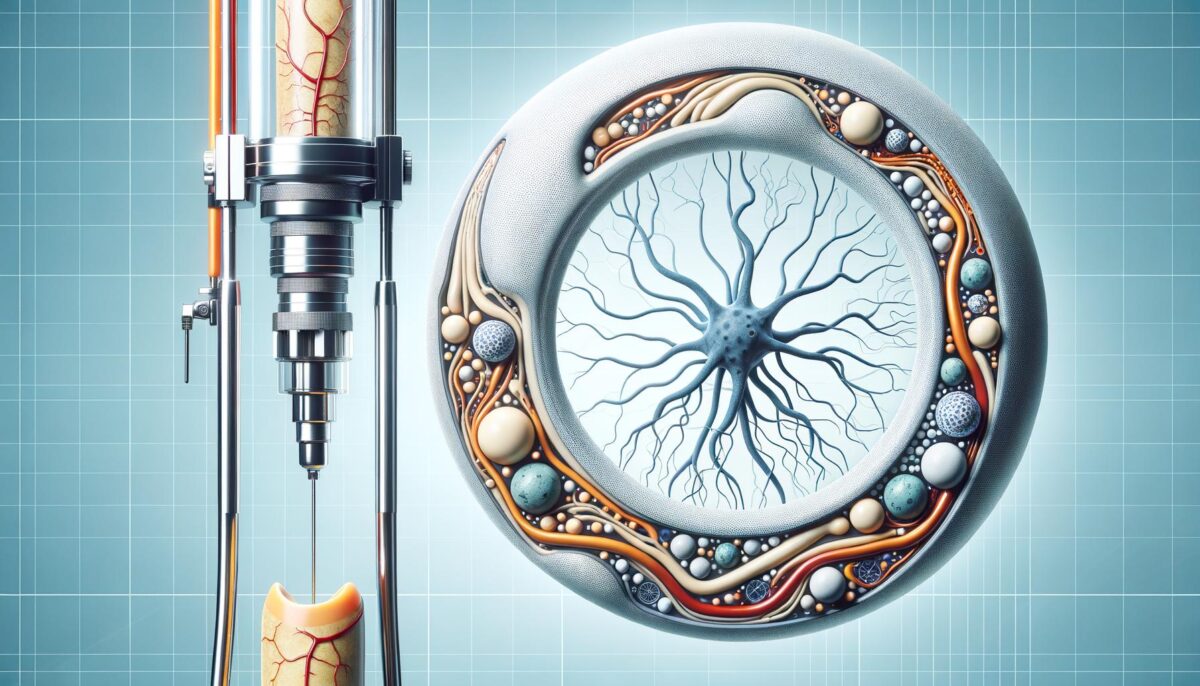Understanding Varicose Veins
Varicose veins are enlarged, twisted veins that often appear on the legs and feet. This condition occurs when the valves within the veins malfunction, causing blood to pool and the veins to swell. While they are commonly considered a cosmetic issue, varicose veins can sometimes lead to pain and complications if not treated properly. Some of the symptoms associated with varicose veins include:
- Aching or heavy feeling in the legs
- Swelling and muscle cramping
- Itching around one or more of your veins
- Changes in skin color around a varicose vein
These symptoms can worsen with prolonged standing or sitting. Understanding these early signs is crucial to seeking timely medical advice and exploring the latest treatments for varicose veins.
Traditional Treatments and Their Limitations
Historically, treatments for varicose veins were limited to conservative approaches such as wearing compression stockings and lifestyle modifications like increased exercise and elevating the legs. Surgery was often recommended for severe cases, including options like vein stripping and ligation. While these methods can be effective, they come with limitations like discomfort, longer recovery times, and the potential for recurrence.
For many, conservative treatments may not provide adequate relief, making it necessary to consider more advanced interventions. It’s important to consult with a healthcare professional who can advise on whether these traditional methods are suitable or if exploring the latest treatment for varicose veins is a better option for your specific situation.
Latest Treatment for Varicose Veins
Medical advancements have ushered in a range of minimally invasive techniques that offer effective and less painful alternatives to traditional surgery. Some of the latest treatments for varicose veins include:
- Endovenous Laser Treatment (EVLT): Involves inserting a laser fiber into the vein to close it effectively, reducing pain and recovery time.
- Radiofrequency Ablation: Uses radiofrequency energy to collapse the vein wall, effectively sealing it off.
- Sclerotherapy: Involves injecting a solution directly into the vein, causing it to scar and fade over time.
- Microphlebectomy: A surgical technique used to remove small sections of varicose veins through tiny incisions.
These methods are designed to target the vein with precision and minimal disruption to surrounding tissues, offering shorter recovery times and encouraging patients to return to their usual activities sooner. It is also worth noting that these procedures typically have a higher success rate in treating the underlying causes of the condition.
Benefits of Modern Techniques
The transition from traditional to modern techniques for treating varicose veins brings several benefits. Firstly, many of the latest treatment options are outpatient procedures, meaning they do not require a hospital stay. Secondly, they tend to be less invasive, resulting in less pain and bruising post-procedure. Lastly, the recovery time is significantly reduced, allowing patients to resume their normal activities more quickly.
Beyond immediate procedural benefits, modern treatments also address long-term effects. These techniques reduce the likelihood of vein recurrence and improve aesthetic outcomes. Patients often report a significant improvement in the appearance of their legs and a reduction in symptom-related discomfort.
Choosing the Right Treatment for You
When it comes to selecting the best course of action for varicose veins, it is essential to consult with a skilled healthcare provider. They can perform a comprehensive assessment to determine the most appropriate treatment based on the severity and specifics of your condition. Key factors influencing treatment choice include:
- Severity and location of varicose veins
- Patient’s overall health and medical history
- The potential risks and benefits of each treatment
- Recovery time and personal preferences
An informed decision can help in achieving optimal results and ensuring that the chosen method aligns with your lifestyle and health goals.
Conclusion
Advancements in medical technology have certainly elevated the treatment landscape for varicose veins. The latest treatment options offer effective solutions that are less invasive with quicker recovery times. If you experience symptoms of varicose veins or wish to improve the aesthetic appeal of your legs, considering these modern treatments could offer you the improvement you are seeking. Always consult with a healthcare expert to determine the best approach tailored to your specific needs and enhance your quality of life.
